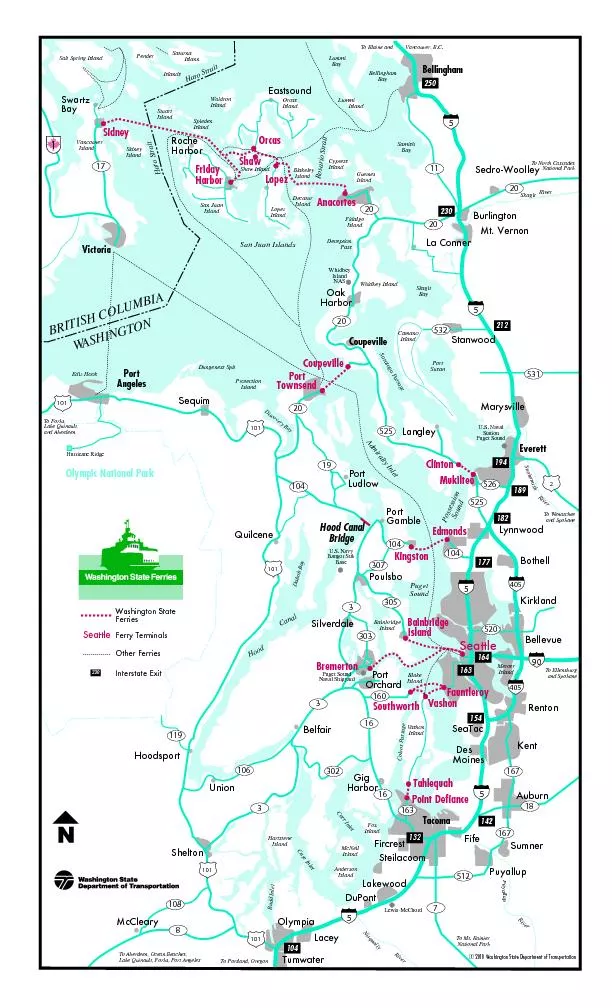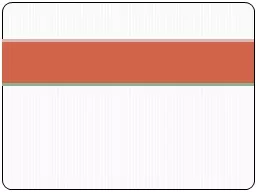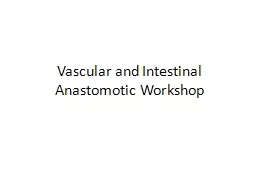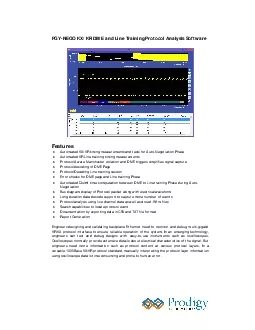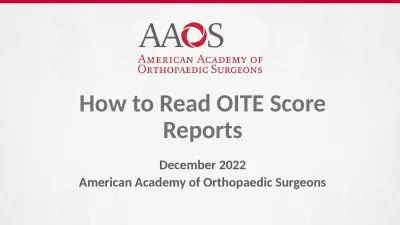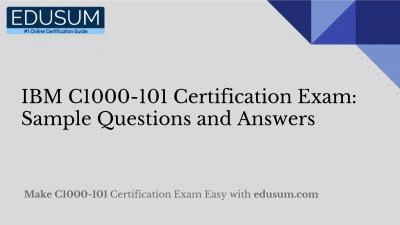PPT-PGY 101: Chapters 53 & 54
Author : okelly | Published Date : 2023-05-21
Lisa Spiguel MD True or False The most common cause of chronic pancreatitis in the US is related to gallstones Which of the below proteins have been shown to be
Presentation Embed Code
Download Presentation
Download Presentation The PPT/PDF document "PGY 101: Chapters 53 & 54" is the property of its rightful owner. Permission is granted to download and print the materials on this website for personal, non-commercial use only, and to display it on your personal computer provided you do not modify the materials and that you retain all copyright notices contained in the materials. By downloading content from our website, you accept the terms of this agreement.
PGY 101: Chapters 53 & 54: Transcript
Download Rules Of Document
"PGY 101: Chapters 53 & 54"The content belongs to its owner. You may download and print it for personal use, without modification, and keep all copyright notices. By downloading, you agree to these terms.
Related Documents



